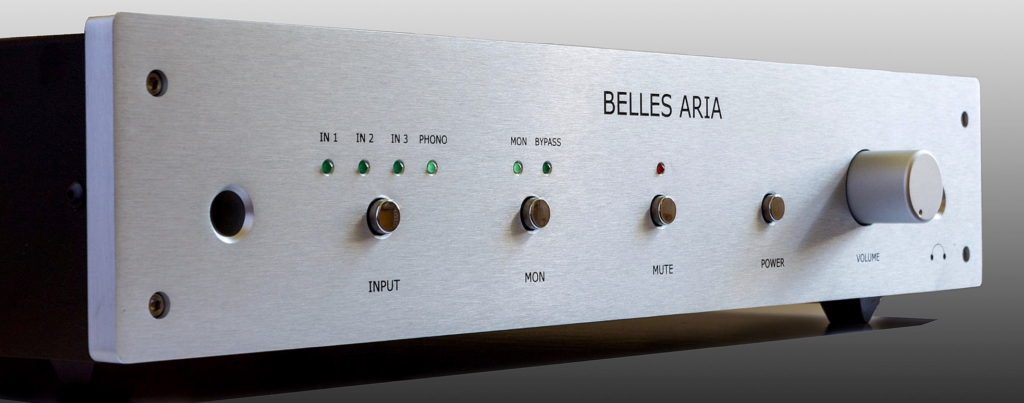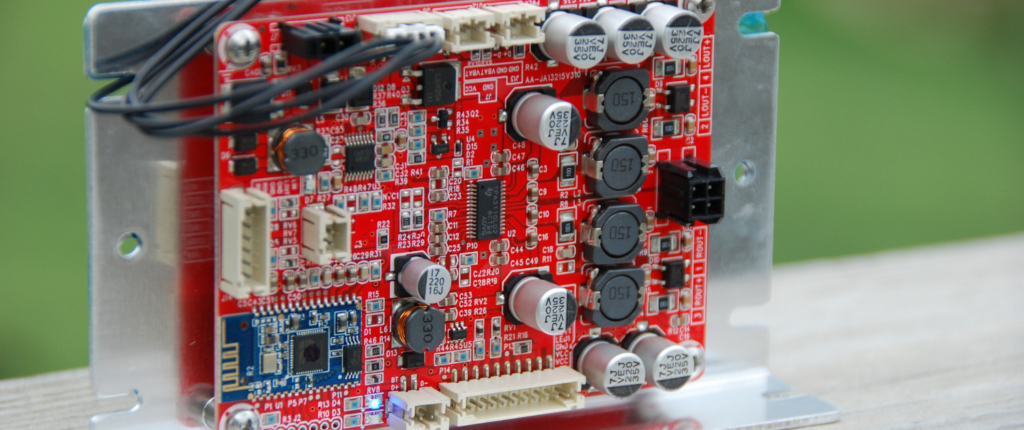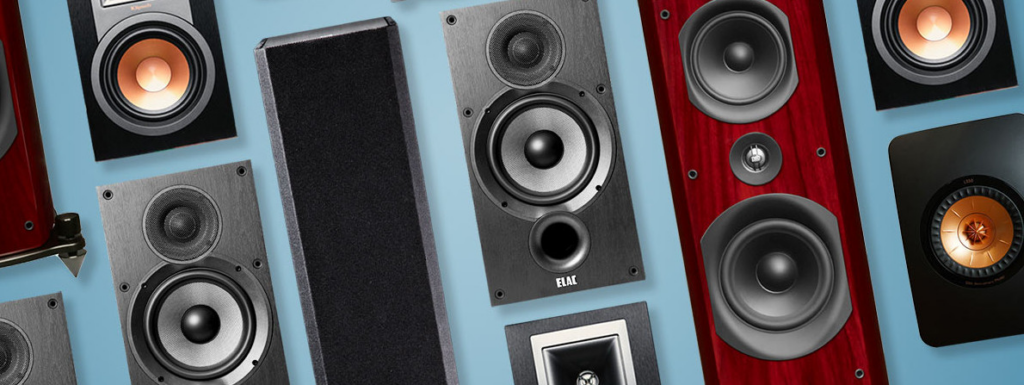Power amplifiers specifically

How to wire the ground of your amp
A presentation from Hifisonix.
A PDF document from Hypex covers some important topics, including how to connect an XLR input socket to an RCA source.
Parallel LM3886 kits
The idea is to use two of these chips in parallel, to deliver more driving power for low impedance loads. This will impact the amplifier’s ability to drive difficult speakers. https://www.ebay.com/itm/LM3886-Fully-Balanced-Power-Amplifier-Board-120… is an item on eBay, where each board is a single amp channel, made of two parallel LM3886. This is another one: https://www.ebay.com/itm/Assembled-LM3886-In-Parallel-100W-Mono-Class-AB… but without the power supply and speaker protect sub-circuits.
Good LM3886 kits
Other than the Neurochrome 3886DR amp, this source also has very low distortion amps with very good distortion profile: https://www.ebay.com/usr/easychipamp — and without any of the secrecy of TomChr.
Amp output switching via ultra-low distortion solid state relays
Other than the commercially available Guardian-86 and Guardian-686 modules, there is a lot of other data on ultra-low distortion and highly reliable switching of very high current speaker loads, and DC current in fault conditions, using opt-coupled MOSFETs. Two PDFs from Hifisonix have been attached below, and there are at least 2-3 threads discussing just this topic on DIYaudio.
This DIYaudio post gives a speaker protect circuit using opto-couplers and MOSFETs, based on Rod Elliott Project 33.
Good discrete power amp kits
On eBay, the following are available from various sellers:
- LJM L12-2: Uses 2 Sanken BJT OPS devices per rail. Seems to be very low distortion, claimed triple-zero THD. Long slim PCB, 19cm x 4.5cm.
- LJM L20.5: sold by multiple sellers, claimed very low distortion. Four BJT OPS devices per rail: KTB817/KTD1047. Claimed power 200W into 8 Ohms, 400W into 4 Ohms, +/-63V rails. 125W into 8 Ohms, 250W into 4 Ohms, +/-50V rails.
- LJM L15: seems to be a good amp for driving woofers in active systems. It has three V-MOSFET OPS devices per rail, of the very standard IRF family, and delivers 150W into 8 Ohms, 300W into 4 Ohms. Its distortion is acceptable at higher frequencies, but is in the double-zero range below 1KHz, which makes it eminently usable for driving large woofers with active equalisation or LT, where it will have the spare power needed, specially if a 4 Ohm woofer is used. In comparison, the ICEpower 200 module as a woofer driver delivers 200W only into 4 Ohms, not to 8 Ohms, and at higher distortion.
Preamps

Motorised volume control pot
For the Doug Self amp specifically, a linear pot of 5K is needed for volume. There is a Bourns motor pot part for this: PRM162-K415K-502B1 — which will probably not sit on the group-buy PCB made but will be useful if set up separately. Driving the pot can be done by an Arduino Nano (18mm x 43mm PCB). This Arduino can drive the motor pot using an H-bridge chip, so that the low current output of the Arduino doesn’t struggle to drive the motor. H-bridge chips are available in various flavours — perhaps the simplest is https://www.mouser.com/ProductDetail/485-4489 — a chip made by AdaFruit and perfectly suitable for simple DIY motor control. Instead of a chip, discrete transistors can be used, as given on Rod Elliott’s site: https://sound-au.com/project110.htm
If one doesn’t want to put the motor pot directly in the signal path, there are digital pots which can be controlled by the Arduino using the I2C protocol. One example is MCP45HV51-502E (which is specifically 5KOhms, for the Doug Self preamp) and MicroChip has other models of digital pots too. Check the MCP414x/416x chip family for non-volatile SPI controlled digital pots. Datasheet at https://ww1.microchip.com/downloads/en/DeviceDoc/22059b.pdf
Giving commands to an Arduino using a commercial IR remote is done very well using https://github.com/Arduino-IRremote/Arduino-IRremote software library. Supports most popular IR remote protocols, including Apple remotes.
Analog signal switching relays
Signal switching solid-state relays: Infineon PVD1352NPBF and PVA1354NPBF and others. SPST, opto-coupled, for low current and lowish voltage. Useful alternative for signal switching relays. You need four devices to switch one stereo pair of balanced signals. The difference between the two devices is in off-state resistance: 100 MOhm vs 10 GOhm. The on-state resistance is 1.5 Ohm under standard test conditions. Another device is the Panasonic AQV212. More affordable, equally usable spec. The AQY221R series is only SMD, but has lower on-resistance and is more suited to small signal switching. Particularly the “R” variant of this family. Its max current rating is 250 mA, which is many times more than is needed to drive 10V into 600 Ohms, which is a reasonable ceiling for analog line level signals. (Yes, it won’t be suitable to drive the output of a high-current headphone amp.) The Panasonic AQV41 series are an interesting series of devices. In particular, specifically the AQV412EH is a through-hole device with low voltage rating (60V) but the lowest Rdson (can be sub-1-Ohm) and is excellent for small to very small signal switching.
Digital signal switching
https://www.diyaudio.com/forums/twisted-pear/341340-input-selector-spdif… — this post mentions input circuits for digital signal switching. Whether I can do it with relays is unanswered.
A digital signal switch using CD4052 analog switches
4-to-1 switching has been implemented. Can also be done using 74HC, 74LV, etc, instead of CD. Not clear what bandwidth these switches support. https://hackaday.com/2009/04/16/spdif-switch/
The CD4052 was considered old in 2009 when this circuit was published. Others in the comments section have mentioned the 74HC151 mux chip as a better alternative.
This switch was implemented much later in 2019 as part of this MiniDSP preamp with full details on Gitlab.
SPDIF signal isolating transformers
The string to search for to find these transformers is “pulse transformers”, and then look for turn ratio of 1:1.
Audio electronics in amps, generally

Balanced to unbalanced inputs/outputs
This guide from Sparkfun refers to some really high end bal-unbal converters based on the famous THAT chips. These converter modules are small, they have a balanced TRS socket already fitted, so that the entire module can hang from the panel-mounted socket, and they do unbal-to-bal output and bal-to-unbal input.
There is of course also a whole set of alternatives, including the Neurochrome Universal buffer, Doug Self’s balanced-input low-noise PCB (which uses 12 opamps for each balanced input channel), and other modules.
Driving a VU meter
It needs the audio signal to be converted to DC, and ordinary diode bridge rectifiers will not generate any output at low voltage because of the 0.7V diode drop. So we need opamp+diode combos. http://www.ti.com/lit/ug/tidu030/tidu030.pdf — a TI application note describing a circuit using two opamps and two 1N4148 diodes to do precision AC-to-DC conversion in audio frequencies. Useful for driving VU meters accurately. Another one is: https://www.elprocus.com/precision-rectifier-using-lt1078/ which is doing it with just one opamp.

The following one is putting a full bridge rectifier in the feedback loop of an opamp and doing the same thing: https://www.circuitlib.com/index.php/lessons/94-precision-rectifiers
This circuit is another AC-to-DC converter, from the LM4562 datasheet:

This circuit is a logarithmic VU meter driver, which needs no power and takes its input from the amplifier output. http://www.giangrandi.ch/electronics/vu-meter/vu-meter.shtml
VU meter colour change at clipping levels
https://www.eeweb.com/extreme-circuits/audio-power-meter shows how to set up two diodes of two different colours and use them as backlight of the VU meter. One LED lights up at normal levels, and the other (red) lights up when the power levels exceed safe limits. One transistor, two diodes, and some caps.
Ultra low distortion sine wave oscillators
These are useful for measuring distortion and noise levels of equipment. Janas Card has a PDF document describing such a circuit, plus the PDF has half a dozen useful references to other documents which cover the same area. Vicnic is a DIYaudio member who makes modules for such oscillators of his own design: this page describes his modules. He can also make passive twin-T notch filters to go with the oscillators.
DIYaudio thread on low distortion audio oscillators
Measuring distortion in audio gear
This page shows how the author measured his MOSFET power amplifier, and in the process, explains many things about distortion measurement. Incidentally, the article also mentions how the NAD 3020B or some such NAD amp has a big 6dB bass boost in its entire bass region with tone controls set to flat.
DIYaudio thread on distortion measurement
High current wire connections to PCB
Other than the usual Phoenix terminals, there are two other interesting ones:
- Keystone connectors with screws: 7790 which comes with M3 threading, 7774 which comes with Imperial 4-40 thread, 7693, which comes with a screw already present. All superb high current terminals, but uninsulated, and therefore can’t be crowded on the board.
- Molex Megafit, rated for 23A, insulated, and comes with PCB mounted as well as wire-mounted terminal blocks, in one-row and two-row configurations.
Speakers

SPL curves the only differentiator between drivers?
Blind test midrange 300-7200Hz no audible difference whatsoever. Another thread: World’s best midranges: shocking results and conclusions. Food for thought.
Active analog crossover design
A lovely TI application note describing the design of a 2-way analog active xo. Discusses the issue of time alignment and gets it done using a 3rd order all-pass filter. There’s also a DIYaudio thread started by the desiger, where the design is discussed. Full Gerbers are available.
A good page explaining Sallen-Key filter calculations, where, finally, finally, we get formulae which let you decide the frequency and the Q of 2nd order filters. In these equal-component-value designs, Q = 1/(3-A), where A is the voltage gain. 1 < A < 3; this is non-negotiable. This means Q can fall between 0.5 (when A == 1) and a very large figure (when A is almost equal to 3). Practical upper limit of Q is 50. For audio, we probably never need to go above 5 for HP or LP filters. But if we need a gentler knee than 0.5, that won’t be possible. Notch filters (twin-T) are described on this page and this page.
The user manual for Active Filter Four, a generic active xo board by Rasmussen and Bob Ellis on DIYAudio, gives some details about the topology and blocks. Does not give full circuit details. This was a famous open source project in about 2005.
Speaker SPL measurement
There is a very useful page on AudioJudgement.com on nearfield and farfield measurement of a speaker using ARTA. Absolutely directly applicable for my work. Also, two Klippel Application Notes, AN 38 and AN 39, on measuring speakers, covering similar ground. Finally, a white paper by Jeff Bagby, Accurate in-room frequency measurement till 10Hz, which goes over this ground in detail. The key to this paper is how it corrects the measurement for the baffle step, i.e. the 2-pi to 4-pi transition. In other words, the low frequency output of a real speaker is not the same as the nearfield measurement from its woofer’s cone — the baffle step comes in at a certain point, and this needs to be corrected to get the “real” FR curve. This is the part which the the AudioJudgement page also covers, using ARTA’s ability to correct for the baffle step.
This DIYaudio page discusses the issue of splicing the nearfield and farfield measurements, and Jeff Bagby’s paper. Very useful discussion.